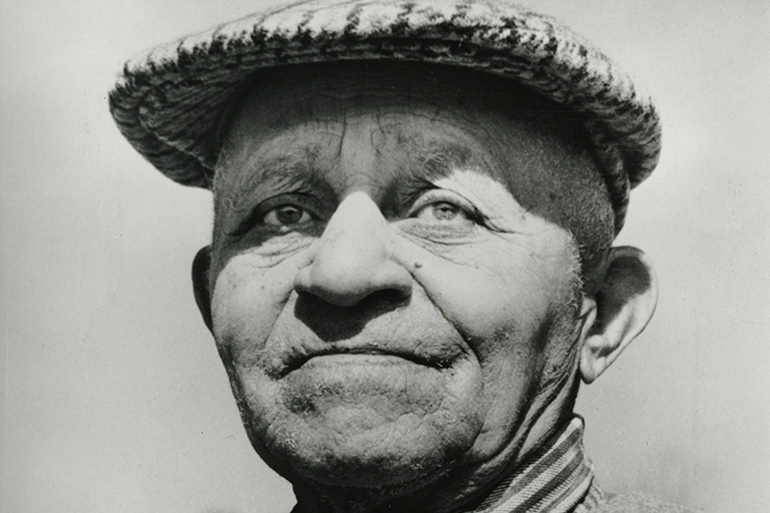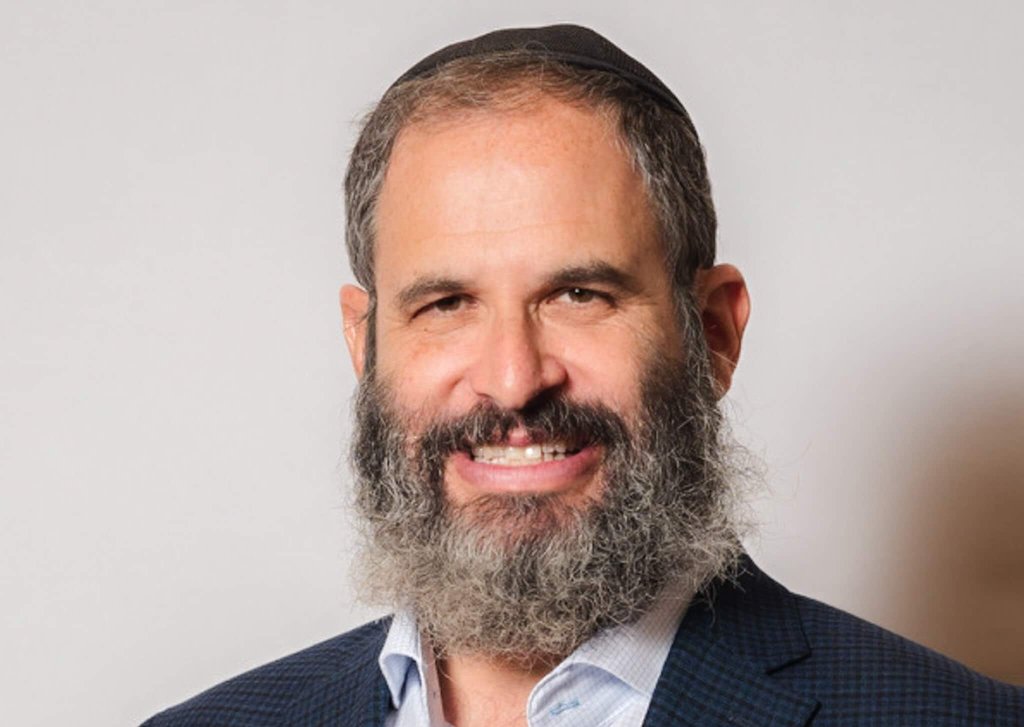John Shippen Turned the 1896 U.S. Open at Shinnecock Upside Down

The Shinnecock Hills Golf Club was founded by some of the wealthiest tycoons in America in 1891. In the club’s sixth year, the U.S. Open was played on this course. Since then, the Open has taken place at Shinnecock four more times, the latest this year.
There have been many exciting moments over the years at Shinnecock, but surely none compare to what happened at this first U.S. Open at Shinnecock—the second U.S. Open in history.
The cause of the furor was this thin slip of a lad, John Shippen Jr., age 16. He was a caddy and groundskeeper at Shinnecock in that sixth year. But, as he later told a reporter, shortly before his death at age 90, he could beat any of the members anytime and “anyone else who happened to come around the course.”
For what he did the weekend of that first U.S. Open, he was awarded a membership into the Professional Golfers’ Association. But that happened in 2009, half a century after he passed on. There were reasons for that.
Nevertheless, the fact is that this young and unknown caddy was entered in that long ago U.S. Open. And at the end of the first round of the match, with 34 of the best golfers in America, Scotland and England competing, he was tied for the lead. He was not only 16, he was a local kid, one identified as African-American. Someone who wasn’t even supposed to be on the course. How could that possibly happen?

John Shippen Jr. was born in Washington, D.C., one of the nine children of John Shippen Sr., an African-American, and Eliza Shippen, a full-blooded Shinnecock Indian woman. His father, the son of a slave, made his living as a preacher, and a few years before the Shinnecock Hills Golf Club was built, he was hired to be the Presbyterian minister for the Shinnecock tribe on their East End reservation. The Shippens moved north.
Meanwhile, a summer resident of Southampton, William K. Vanderbilt, returned from a trip to Europe in 1890 with a Scottish golf professional named Willie Dunn in tow. This would have been a novelty in town then. Something new. There was no golf in Southampton. Twenty years earlier, the Long Island Rail Road had extended its tracks out to Southampton and the wealthy of New York City began building a colony of large summer mansions on the beach in the town.
Willie Dunn arrived when a part of Shinnecock Hills was almost completely free of trees and other vegetation. Having the railroad take the wealthy out from Manhattan to Southampton in two hours was a miracle, but it had come at a cost. The steam locomotives were fueled by coal, and the embers in the smoke emitted from the stacks of these powerful engines often caused fires in the woods by the tracks there.
It was something everyone had to put up with—until a time came when the hills were just grass and there was nothing further to burn. Of course, later on there were well-prepared fire departments.
In Europe, Dunn had shown Vanderbilt golf. And the downs on which it was played looked just like Shinnecock. Vanderbilt paid Dunn to come to America and show his neighbors how to play the game. On the first day, Vanderbilt teed up a ball at Shinnecock and, with Dunn at his side, hit it.
There needed to be a golf course. Vanderbilt hired a golf course designer from Montreal named Willie Davis to lay out the course. The nearby Shinnecock Indians were hired to build it. When completed, the club was formed and the Indians, now good friends with the wealthy, became the custodians, groundskeepers, employees and caddies of choice.
One of them was John Shippen Jr. Under Dunn’s tutelage, he really could hit the ball far. He also had a nice short game. Soon, even at 16, he was teaching others.
The first U.S. Open was played in 1895 at the course in Newport, Rhode Island, another summer resort for the rich that had just been built. The second would be played at Shinnecock, which, by filing papers, had become the first incorporated golf course in America.
What the members did know, in anticipation of the arrival of the golfers for the second U.S. Open—mostly from Europe—was that they had been asked to enter the best golfer at the club, and the best golfer at their club happened to be the son of the preacher at the reservation. He and another caddy, Oscar Bunn, would be entered as the presenting golf course’s entrants. How could this be a problem?
The president of the newly formed United States Golf Association (USGA) was a millionaire named Theodore Havemeyer, whose family owned the American Sugar Refining Company. The senior historian at the USGA Golf Museum, Victoria Student, had this to say about Havemeyer, in an interview with Newsday a few weeks ago: “He had a grasp of the times and an understanding of what the USGA’s role would be in the history of golf.”
That role was to crown the best golfer. And it would not matter where he came from. This was important because when the golfers arrived before the match from around the world and saw that two non-whites were among those listed as entrants, many revolted.
Shippen, in an interview with Robert Sommers of Golf Journal in his later years, described what happened: “The other pros in the Open held a meeting and said they would refuse to play if me and Bunn were allowed to play.”
A petition to ban Shippen and Bunn was presented to Havemeyer. He did not hesitate to respond. He announced that these were the host’s entrants and the USGA intended to conduct the Open as it saw fit. The championship would be held even if the field was composed of only Shippen and Bunn.
“I think this goes down as one of the seminal moments of the history of the USGA and the history of the U.S. Open championship,” Ms. Student said.
Nobody quit. The revolt ended and off they went to play.
The U.S. Open back then took place in just one day. Eighteen holes were played in the morning. And then a second 18 holes were played in the afternoon.
At the break at lunchtime, the golfers compared their scores. The teenager Shippen had shot a 78. He was in first place. The others, including Bunn, were straggling behind.
Somebody had to beat this kid.
Shippen remained in the lead during the front nine in the early afternoon. He was on his game in the 10th, 11th and 12th holes. And then he got to the 13th tee. Just five holes to go.
“It was just a little, easy par 4,” he said later. “And all I had to do was play it to the right. I played it too far to the right and ended up in a sand road. And I kept hitting it in that sand road until I finally finished with an 11.”
Without that, he might have won the tournament. Instead, he wound up in a tie for fifth, seven shots back, the extra seven being exactly the number of shots he took on that sand road.
For finishing fifth, Shippen received $10, which was for him quite a huge sum. Bunn played but finished far down in the pack.
Shippen had been promoted to golf pro at Shinnecock ahead of the Open so he could compete for the money, but he could not be officially recognized as a pro by the PGA because of that organization’s “Caucasian Only” restriction—informally in effect from the beginning but in writing beginning in 1913.
After teaching and working at Shinnecock Hills, Shippen worked at Maidstone, the National Golf Links of America in Southampton, Spring Lake and Somerset Hills. He also competed in four other U.S. Opens, but did not place higher than sixth in any of them. For the last 30 years of his active life, he was the golf pro at the Shady Rest Country Club in Scotch Plains, New Jersey, the first exclusive golf club for African-Americans. He also fathered five children.
Bunn finished 21st at the event, and he also went on to a considerable career. He became a golf instructor, working at Lake Placid, New York, New Britain, Connecticut and Jacksonville, Florida. On a tour that took place in Buenos Aires, Argentina in 1918, he caught pneumonia and, returning home, died at the age of 42.
Havemeyer died in Manhattan of typhoid a year after the Open at Shinnecock.
In Shippen’s Golf Journal interview in 1968, 20 years after the “Caucasian Only” restriction was lifted, he was asked if, looking back, he would have changed anything.
“Sometimes I wonder if I did the right thing when I quit school and went into golf. Maybe I should have kept going, and gone to Yale like my brother. He’s a teacher.
“I wonder until I look out the window and see that golf course. Then I realize how much enjoyment I’ve gotten out of the game, and I don’t wonder anymore.”



